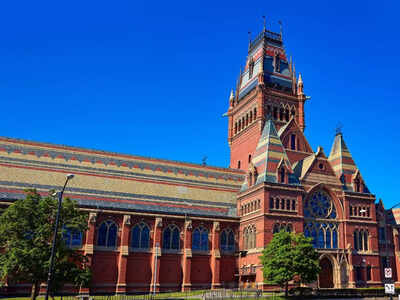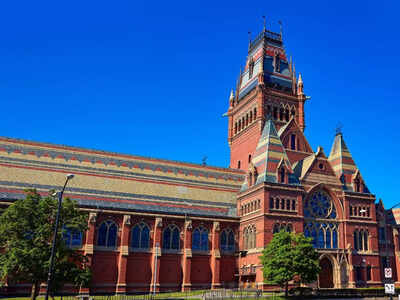Explained: What Harvard’s A-Grade problem says about America’s higher education malaise

Once upon a time, an “A” from Harvard was a mark of distinction. Now it’s the campus default. A new internal report by Harvard’s Office of Undergraduate Education admits that roughly 60 percent of all undergraduate grades at the Ivy League university are A’s — a number that would make even Lake Wobegon blush, where all the children were famously “above average.”The document, obtained by The Harvard Crimson and Inside Higher Ed, is part confession, part existential crisis. It suggests that grade inflation has reached such absurd levels that an “A” no longer differentiates brilliance from basic competence. The median GPA for the Class of 2025 is 3.83, almost grazing perfection. Professors acknowledge that fear of being labelled “too harsh,” coupled with student-driven course evaluations, has created a silent arms race of leniency. Everyone’s excelling, and no one dares say otherwise.Why It MattersGrades were meant to be the price tags of academia — a way to separate mastery from mediocrity. When too many A’s flood the market, the signal collapses. Employers and graduate schools can no longer trust transcripts as indicators of rigour. Inside Harvard, that collapse has cultural consequences: true competition migrates underground, into internships, leadership positions, and research assistantships — arenas where privilege and access outweigh merit.It’s not that students have become lazy or professors careless. It’s that the system itself rewards comfort over calibration, satisfaction over substance.The Bigger PatternAs The Washington Post notes, Harvard’s crisis mirrors a national educational drift: universities are increasingly governed by customer logic. Students, recast as consumers, rate their professors like Uber drivers. Administrators chase retention rates and “well-being metrics” to secure funding and rankings. In that climate, genuine intellectual struggle becomes bad business. Across America, syllabi are shrinking, reading lists thinning, and “rigour” is recoded as “stress.” Even secondary schools feed into the loop — AP courses balloon, grading scales loosen, and college admissions reward résumés over resilience. When learning becomes a product, excellence becomes a liability.The Paradox of PerfectionHarvard’s crisis is not just grade inflation. It’s meaning inflation — the erosion of what success actually signifies. The institution that once defined excellence now grapples with the consequences of democratising it. When every transcript sparkles, distinction becomes invisible.This paradox stretches across the United States. From middle schools adopting “no-fail” policies to universities replacing exams with reflection essays, the American classroom has become a zone of psychological safety over intellectual risk. The nation that once prided itself on building the world’s most demanding education system now seems afraid to make anyone feel inadequate within it.





